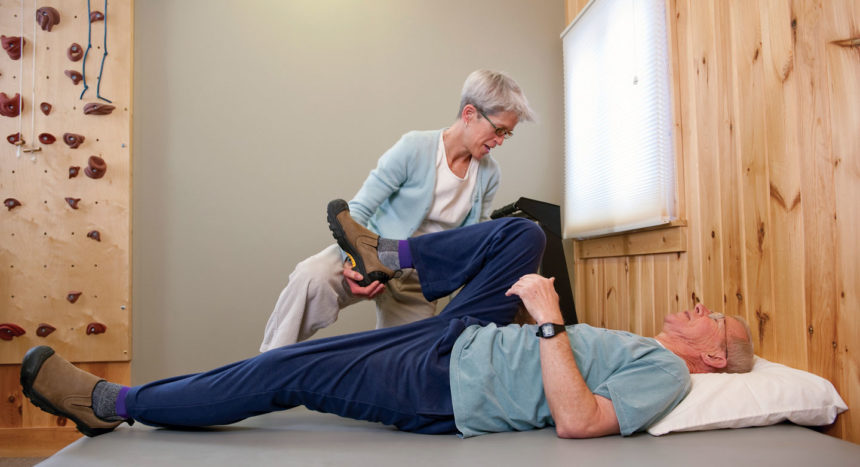Skilled nursing facilities traditionally have received most rehab-related discharges from hospitals. But as never before, senior living operators see opportunity in this growing business.
David Tate, chief strategy officer for Reliant Rehab, says that rehab indeed is becoming more associated with senior living. “It is common for senior living operators to promote the availability of on-site therapy services,” he adds.
“Whether in a small skilled nursing unit, memory care unit or in a dedicated outpatient therapy gym, therapy services are increasingly available to senior living residents,” Tate says. “For senior living communities without dedicated therapy space, an approved therapy facility may offer ‘off-premises’ services in a patient’s room. Home health is another provider commonly offering therapy services to residents of senior living communities.”
Although short-term rehab infrastructure may not be universal in senior living yet, Tate says it is more commonplace to see senior living communities with dedicated therapy gyms that occupy prominent locations and can be accessed by residents and potential residents.
“Short-term rehabilitation provides senior living residents an opportunity to receive therapy services in an ideal environment for restoring optimal functional abilities,” he says.
Rockland Berg, architect and principal with the Dallas-based architectural firm three, has witnessed the needs-related shift and rehab migration trend over the course of decades. If skilled nursing has owned the rehab component, it is because the facilities have a more clinical focus — and image — than senior living, he says.
“Skilled nursing in the past seemed to be a competitor for the hospital environment, but that fundamentally changed about 10 to 15 years ago as hospitals needed to shed patients as required by new regulations.”
Even so, post-acute care and senior living are evolving in their identities, approaches to care and overall environments and are gaining more influence over public policy, so the migration of rehab into assisted living is a natural result of that evolution, Berg says.
“We’re seeing operators getting more creative with licensing regulators so that they can provide better care in less restrictive environments,” he says.


